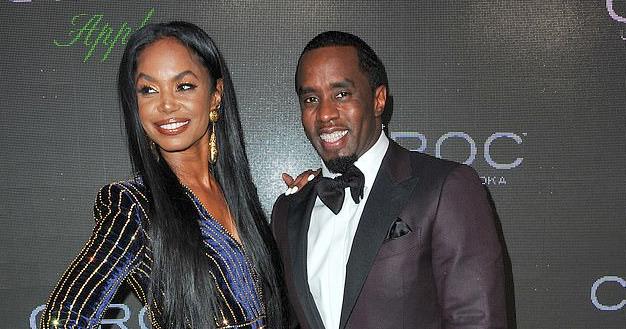
*80-year-old Phoenix retiree Steve Guinn thinks there are too many African Americans — women in particular — on the television channel he watches.
Guinn tunes into “WE TV,” which stands for ‘Women’s Entertainment TV,” to watch his favorite show “Law and Order,” and he find himself becoming annoyed when he has to endure programs such as “Mary Mary,” or other programming depicting black women with colorful weaves and whose “English grammar is deficient.
“I’m not casting criticism,” he adds, but “the commercials are the biggest offenders.”
So Guinn wrote a letter to the editor of the Arizona Republic, which published it Monday — and many are crying about its racist undertone.
OTHER NEWS YOU MIGHT HAVE MISSED: Tamar Braxton’s Mom Evelyn Wants Vincent Herbert to ‘Keep His Hands Off My Child’ (Watch)

“By my count, nearly 50 percent of the folks in commercials are African Americans,” his letter began. “That is not the ratio of the general population. It is an attempt to be politically correct, but a feeble one.
“There are few Asians, Native Americans or Latinos. African Americans are way more sensitive and activist about their image.
“Does this diversity in advertising create more sales for the advertised product? I don’t think so, but that is only my opinion.
“Mixing a social issue with product promotion may only dilute the product message.”
The Republic published the letter under the headline, “Letter: Why are there so many black people in TV ads?”
Asked about that “nearly 50 percent” figure, Guinn says, “I’ve not researched that number, but I believe it’s awfully close.”
“We do fact check letters, but we do not vet them with the kind of rigor we would, for instance, a news story or editorial,” Phil Boas, editorial page director of the Arizona Republic, told Journal-isms Wednesday by email. “Letters to the editor are not considered authoritative. They reflect an opinion, the public pulse, if you will. Often those public opinions are highly controversial.
“In the case of this letter, the reader cites numbers based on his own count, which of course are unverifiable. The next question becomes is the issue a real one, one that is discussed in legitimate forums. And a quick survey of the web shows us that the issue has been discussed in responsible places:
“You’ll see the topic of minority overrepresentation in commercials and programming discussed on NBC, CNN, UCLA going back years… ”
Boas continued, “Our next question became, is the letter racist? As I went through the wording of the letter, I found that the reader is animated by his concerns about the politicalization of advertising, political correctness, social issues. In other words, he seemed to be barking against what he believes is Madison Avenue social engineering.
“Two editors independently chose the letter for publication. I chose it for print. Another editor chose it for online. Interestingly, we both came to learn afterwards we disagree with the letter writer — that even if blacks were overrepresented in his own personal survey of ads, so what? Why is that a bad thing?
“We had put it out there for discussion.
“One of our reporters found the letter offensive and thought it represented the viewpoints of the alt-right or messaging you would find on racist message boards. I found the concerns legitimate, but a bit extreme. I didn’t think the letter revealed a white supremacist point of view. But I was open to evidence that I was wrong.
“I showed the letter to two of our editors who are minorities, who said they don’t believe the letter is offensive. They both would have published it.
“I later showed it to a third editor, however, who is also a minority, who felt it did not pass the test for good taste, that it was ambiguous enough that readers could find it offensive. I thought she put in a powerful way: ‘How would a 14 year old African-American girl reading that letter feel about it, about what it says about her?’
“I found that argument persuasive and decided to pull it from the Internet.
“I think my final decision was the right one, but I still have doubts. A conversation had begun. The letter writer was starting to get some good push-back from our readers. Sometimes that’s how people learn and society progresses.”
source: Journal-isms
We Publish News 24/7. Don’t Miss A Story. Click HERE to SUBSCRIBE to Our Newsletter Now!





